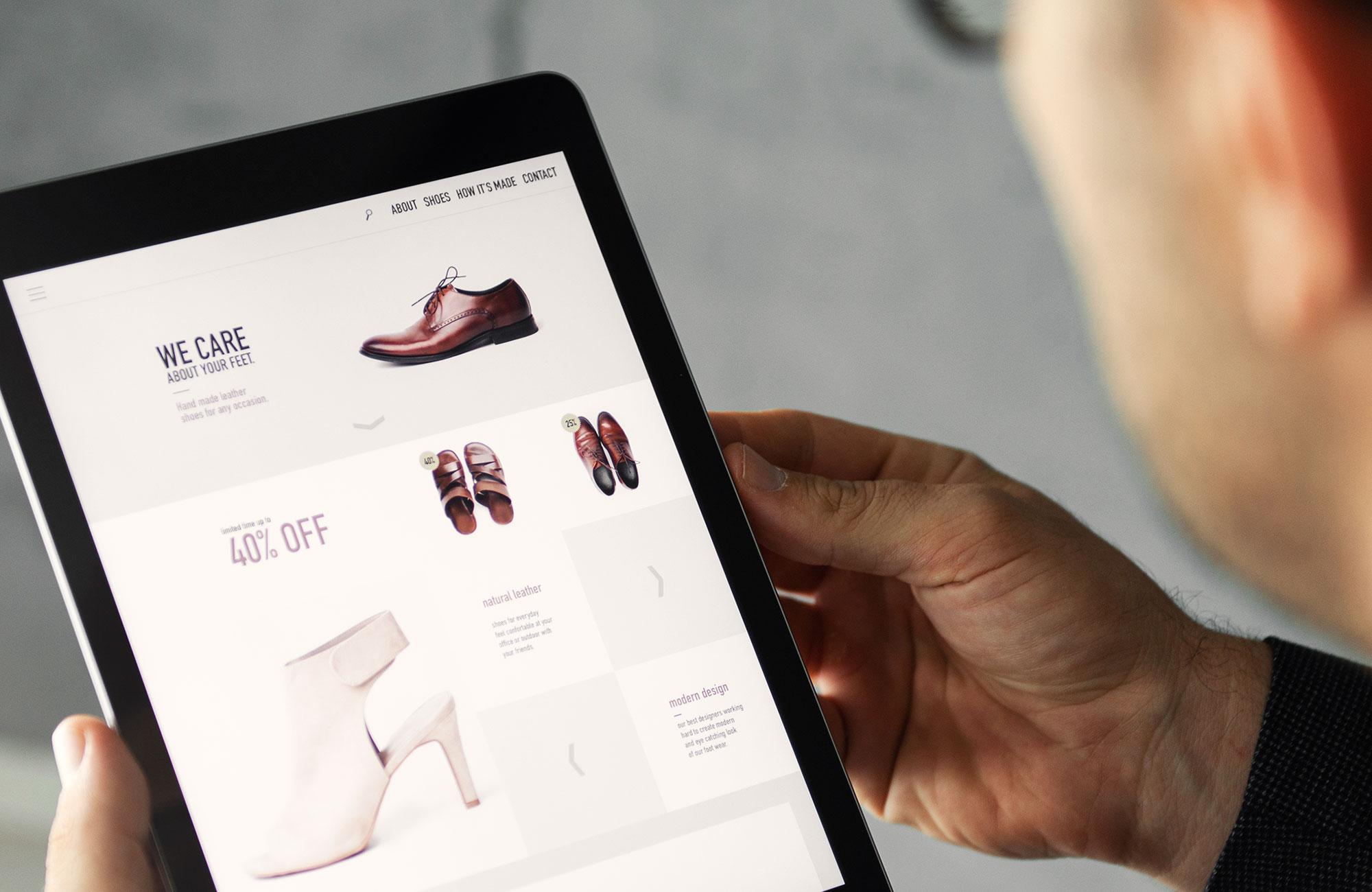
The pandemic has greatly accelerated the process of digitalization in the retail sector and presented the industry with major challenges. How important is online commerce for retailers today? What requirements do retail customers place on online store operators? And which technologies have proven themselves in the digitalization of retail? This blog has the answers!
Major changes in retail after the pandemic
The pandemic has left its mark on the retail industry in many ways. The lockdown forced many companies to rethink: flexible options were needed, as soon as possible! Retailers, in particular, had to make considerable changes in order to continue to get their goods to their customers as long as stores remained closed or visitor numbers were severely restricted - but they successfully started to innovate! The following figures are thus not very surprising: Online retail in Germany grew by a total of 27.5 billion euros – to a total of 87 billion euros annually in 2020 and 2021. E-commerce in Spain recorded a growth of 5.8% in 2020 and 11.7% in 2021 compared to the respective previous years, exceeding 57.7 billion euros in 2021.
E-commerce growth explodes during the pandemic
All sectors experienced an increase in online sales, while offline sales declined in four out of six sectors. However, the rise in online shopping is especially extreme in the FMCG (fast moving consumer goods) sector, with the relevant the e-commerce share increasing by an incredible 87.6% from 2019 to 2021.
Broken down further by activity and looking to 2021, the fashion industry is a key revenue driver when it comes to online sales, accounting for 8% of the total. This makes online retail one of the clear winners of the coronavirus crisis. Even though the trend is currently stagnating or declining again, the needs and behavior of customers have changed significantly over the last two years of the pandemic.
The must-haves for customers
The retail sector has seen greater changes than any other industry. Let’s take a look at the new consumer behavior.
#1 Cross-channel shopping meets customer demands
The most important need of shoppers is arguably the option of shopping across channels – and being able to do so as straightforwardly as possible. Retailers currently often fail to provide a seamless omni-channel shopping experience. Although customers are looking for personalized and individualized shopping, the experience should not require a lot of extra effort. For example, while they want to select their goods in the online store, they prefer to pick them up at the physical store. Or they seek consultation via telephone and then have the goods sent to their home. Companies thus need to create a smooth channel change.
The various sales opportunities in the retail business
Single-channel retail: A sales channel, such as a physical or online store.
Multi-channel retail: Multiple sales channels, such as independently operating physical and an online stores.
Cross-channel retail: As with the multi-channel option, several sales channels, but linked together.
Omni-channel retail: All the sales channels are interconnected and provide seamless communication with the customer.
#2 Sustainable shopping
Social awareness and the demand for sustainability are greater than ever: companies are now measured by whether their goods are sourced or produced in an ethically correct and sustainable manner. Surveys show that consumers prefer brands that demonstrate their commitment transparently and credibly while supporting good causes.
#3 Flexible shopping
Another important point is the desire for various payment options. Customers are demanding digital and contactless payment options from the retail sector. These include the following:
Credit cards
TWINT
PayPal
Purchase on account
Payment in advance
Payment by installments
Payment by installments, in particular, are becoming increasingly popular and are considered a prerequisite for a customer-friendly online shopping experience. The more flexible, the better.
#4 Innovative shopping
Competition is fierce and it is increasingly difficult to retain customers. Customer experience thus involves much more than a user-friendly online store. Payment-based loyalty programs and apps are designed to make shopping even more interactive and, above all, more personalized. Innovative technologies and digital strategies are needed to meet these new challenges.
The online retailing must-haves and to-dos
A study by EY confirms these new customer demands and the major influence they have on companies’ digitalization plans.
What are the key adaptations and technologies that are needed now? Here are a few examples:
Self-checkout: Customers don’t like waiting in line and want autonomous in-store technologies: self-checkout systems enable short queues and waiting times.
Contactless payment: We have already mentioned the desire for flexible payment options. Particularly in conjunction with self-checkout systems, shoppers must be able to use their smartphone to make contactless payments at the POS. Accepting cash or credit cards only is no longer sufficient.
Data processing and analysis: The use of analytics methods is more important than ever. Understanding what customers want, as well as when and how, requires AI models to be embedded in operational systems. Retailers can use this data, for example, to reduce waiting times at the checkout, automatically replenish products, or detect if it was not possible to attend to a customer and to then contact them on another channel.
Online stores and mobile apps: Long page load times need to be minimized, and the shopping experience needs to be as smooth as possible. For this to work across channels, the store, apps, and live shopping need to be aligned.
Automation of business processes: As many background processes as possible must be accelerated automatically: reducing the effort required in the company lowers operating costs and also prevents manual errors. The use of BPM software automates processes such as invoicing, dunning and price changes.
Innovations vs. challenges: the future of retail
These changes in the retail sector offer a lot of potential for innovation. Alongside the above-mentioned developments that are well-established among wholesalers, other trends are emerging: Metaverse is considered as the successor to the “mobile Internet” and shipping by drones is being tested. Sustainability is also essential. After all, a big disadvantage of online shopping is the high shipping costs that retailers incur, which in turn results in a greater environmental impact.
In our next post, we will focus on the future of retail and take a closer look at the relevant trends.
Need help with your innovation potential? Mimacom can provide you support you with all these processes. Click here to learn how.

Nelo Puchades
Located in Valencia, Spain, Nelo is our Head of Retail and expert for Cloud in Spain. At Mimacom, Nelo helps leading Retail businesses to streamline their operations and improve their success.